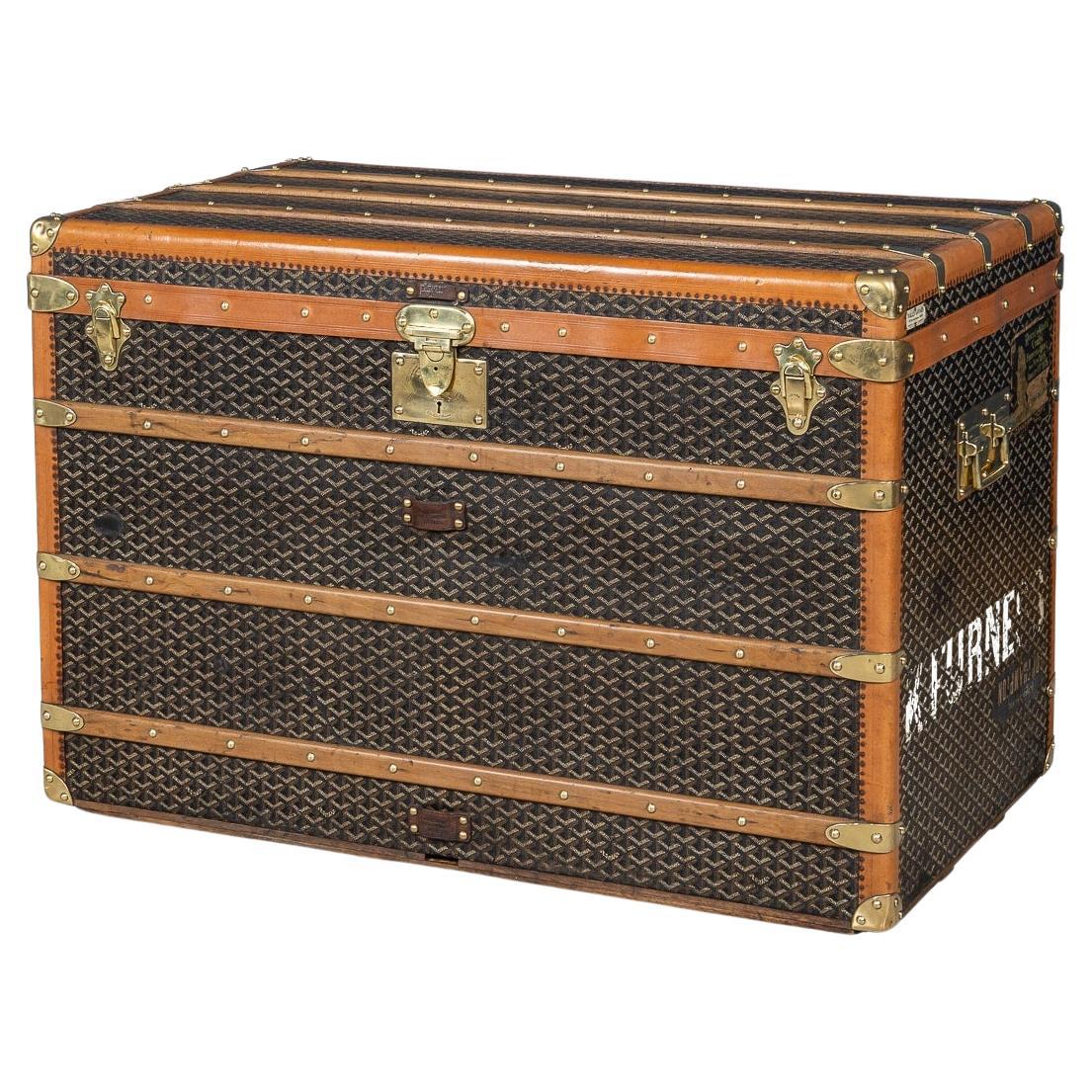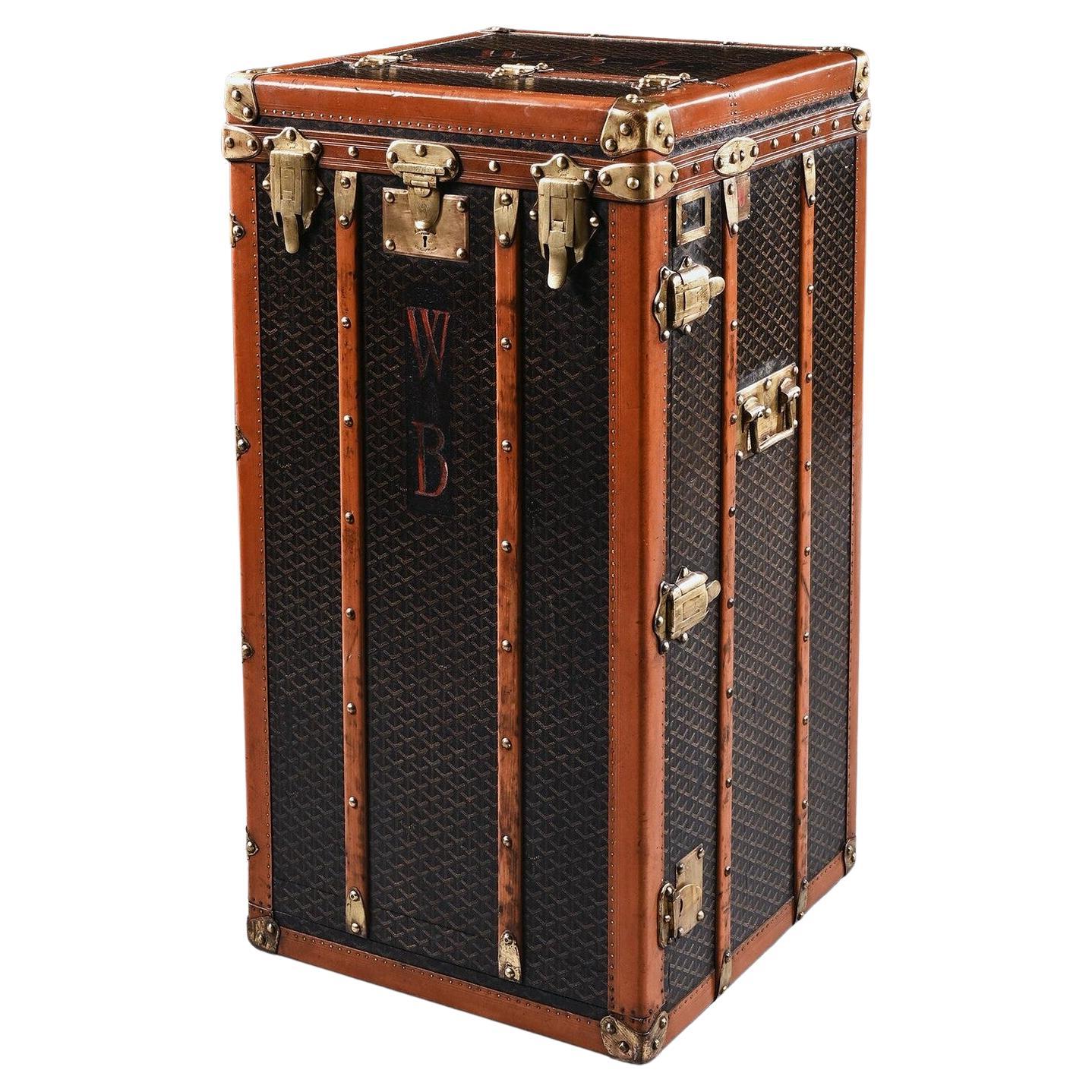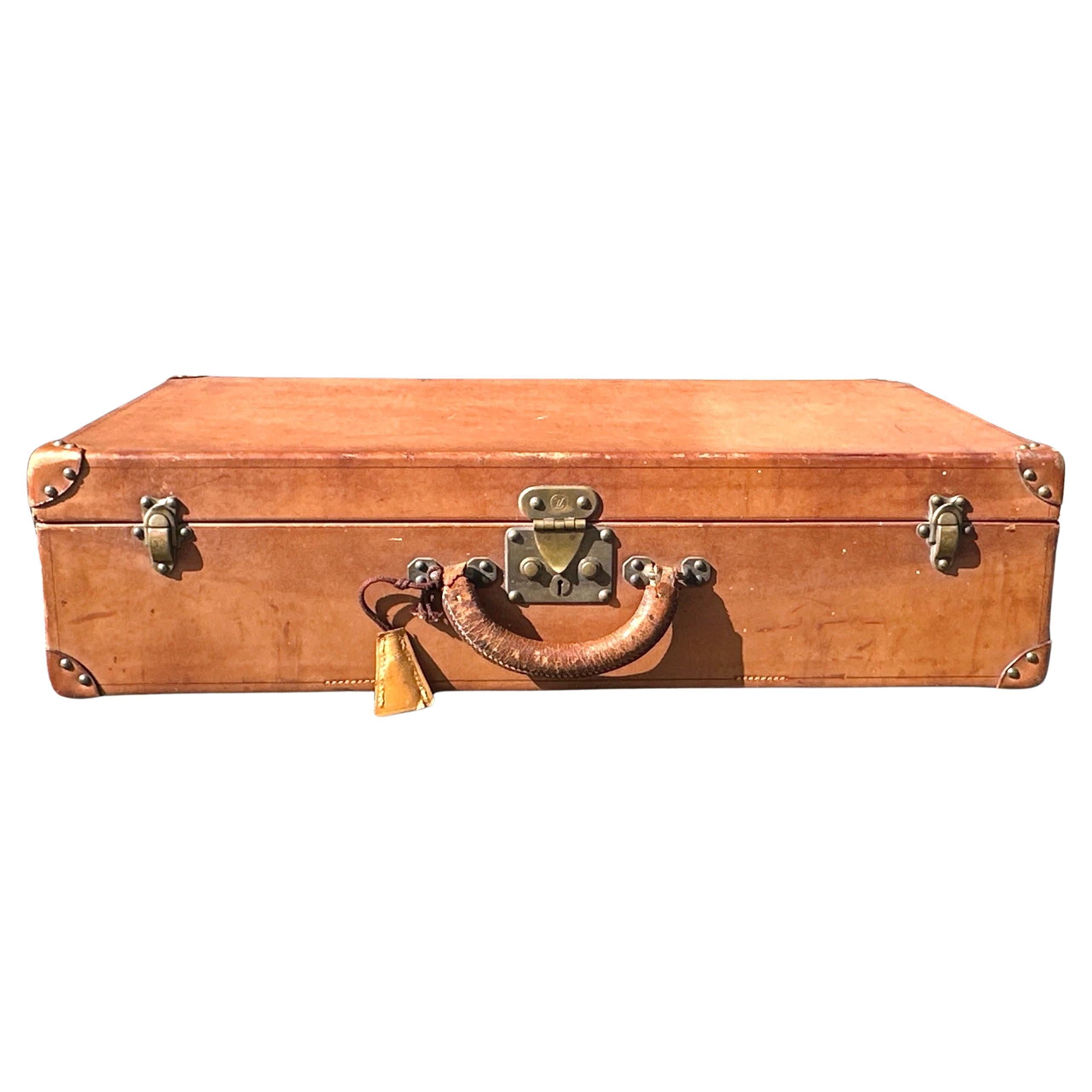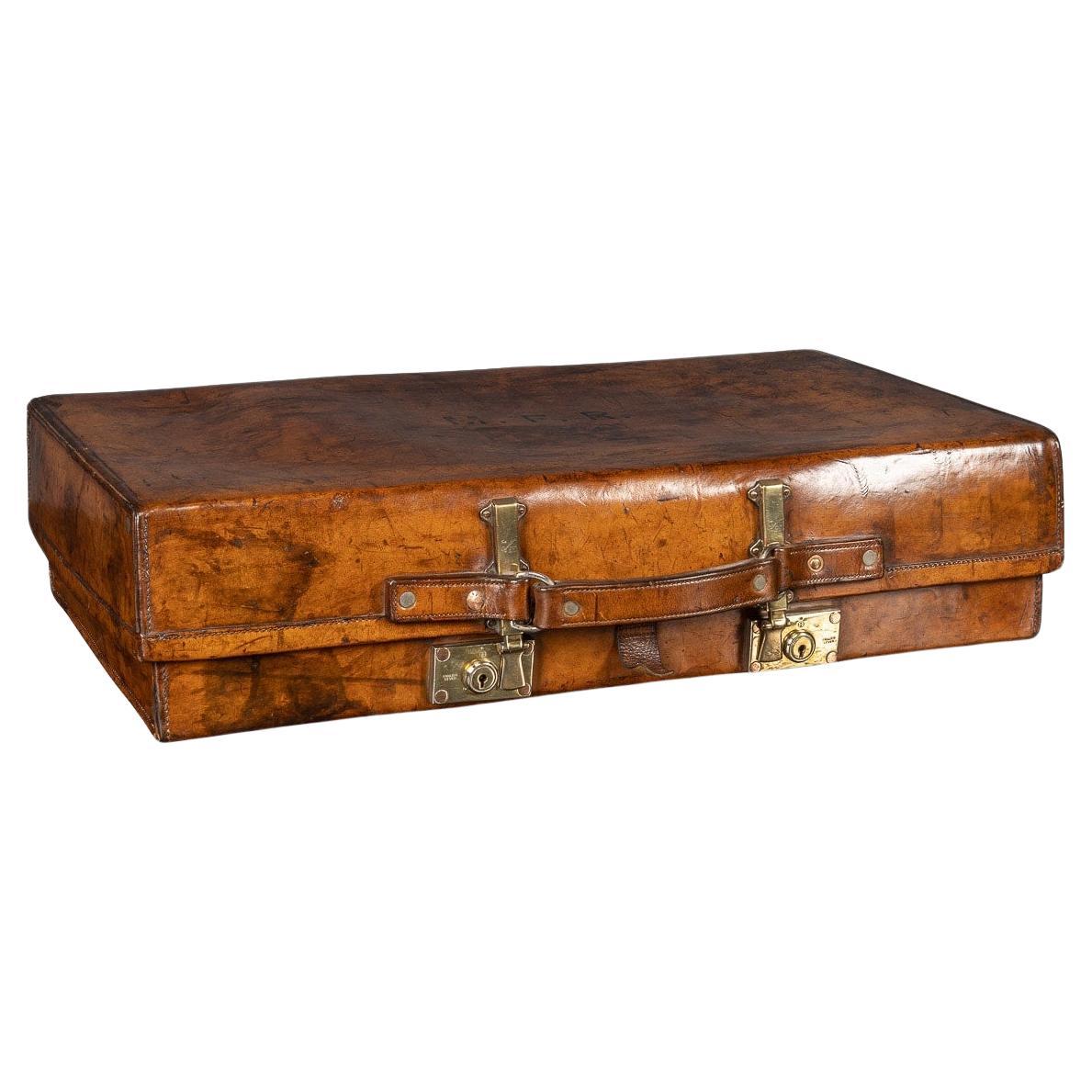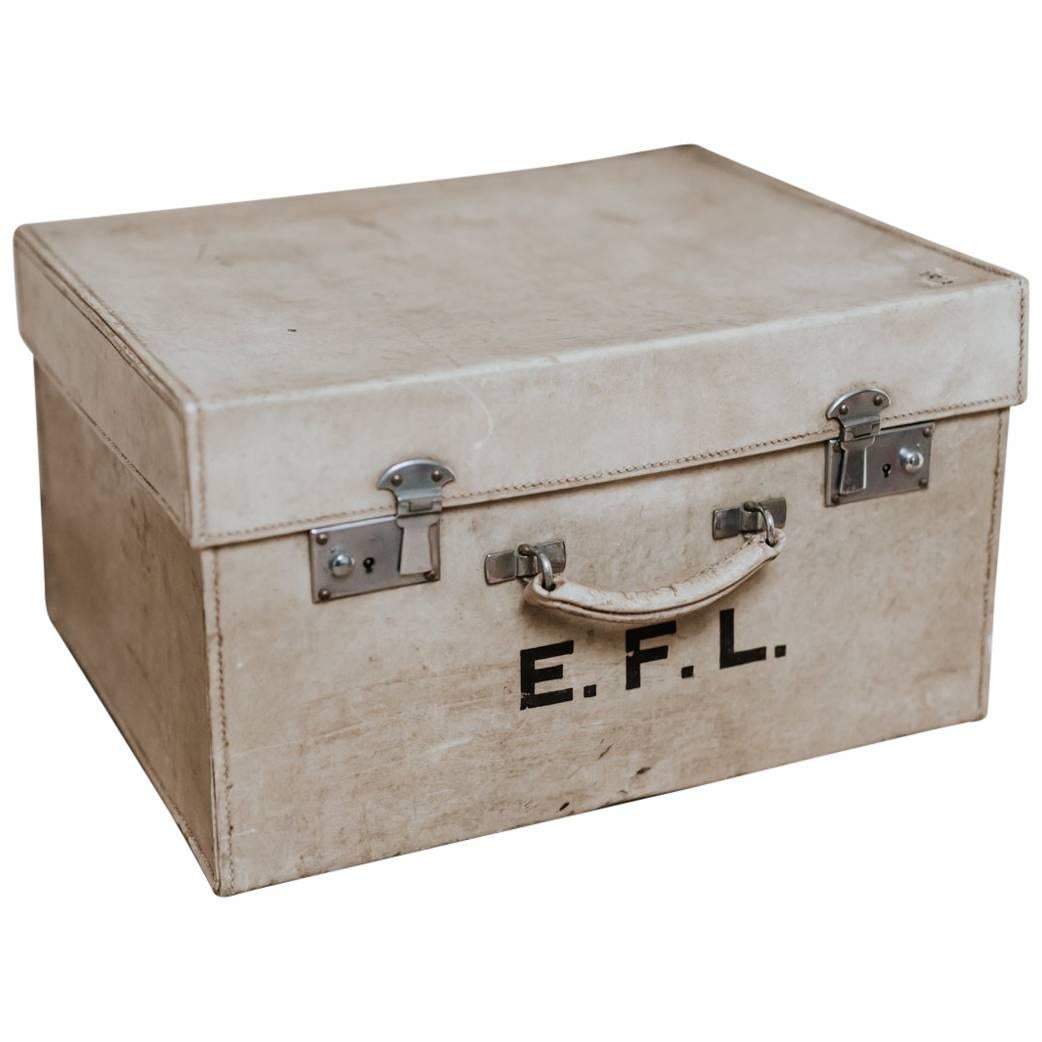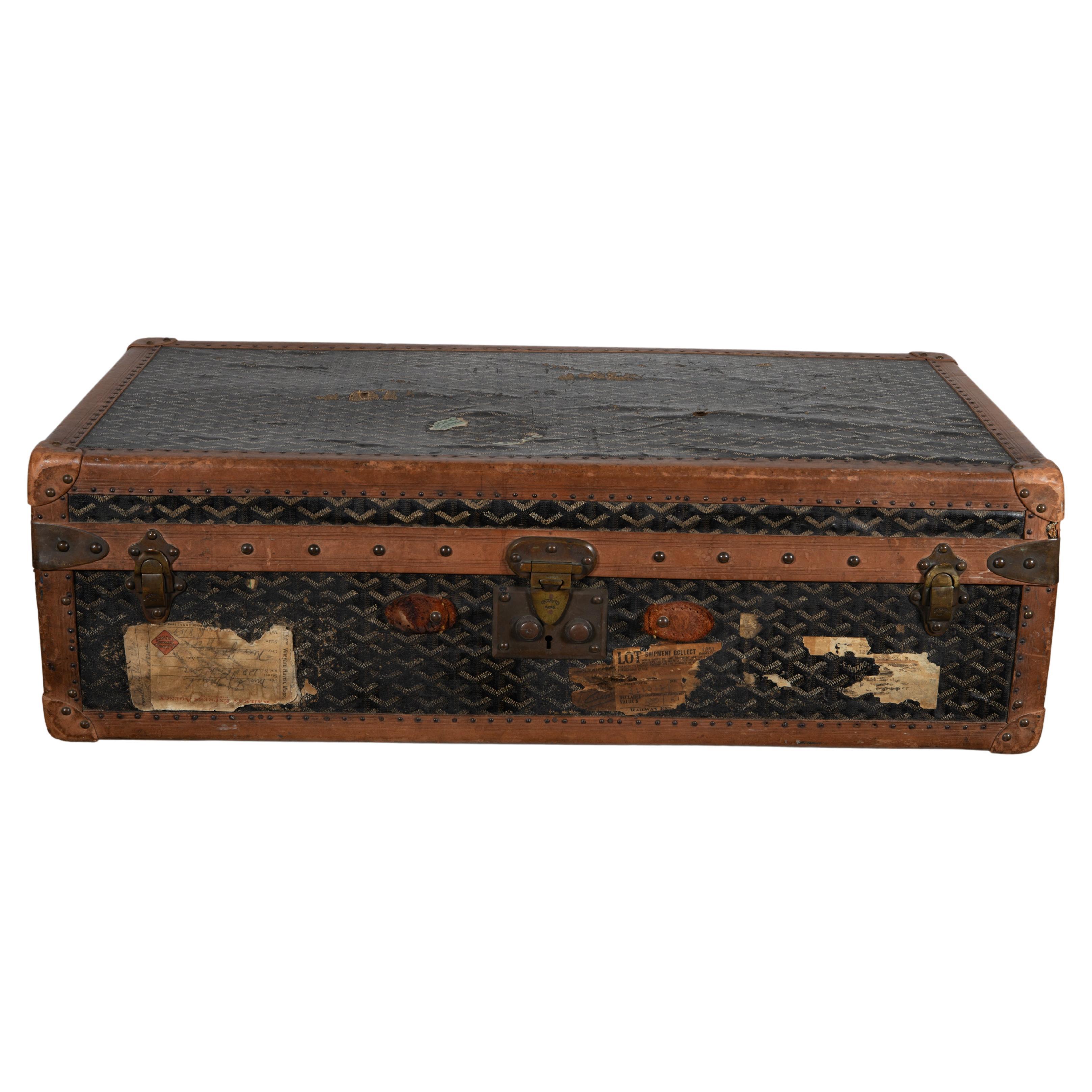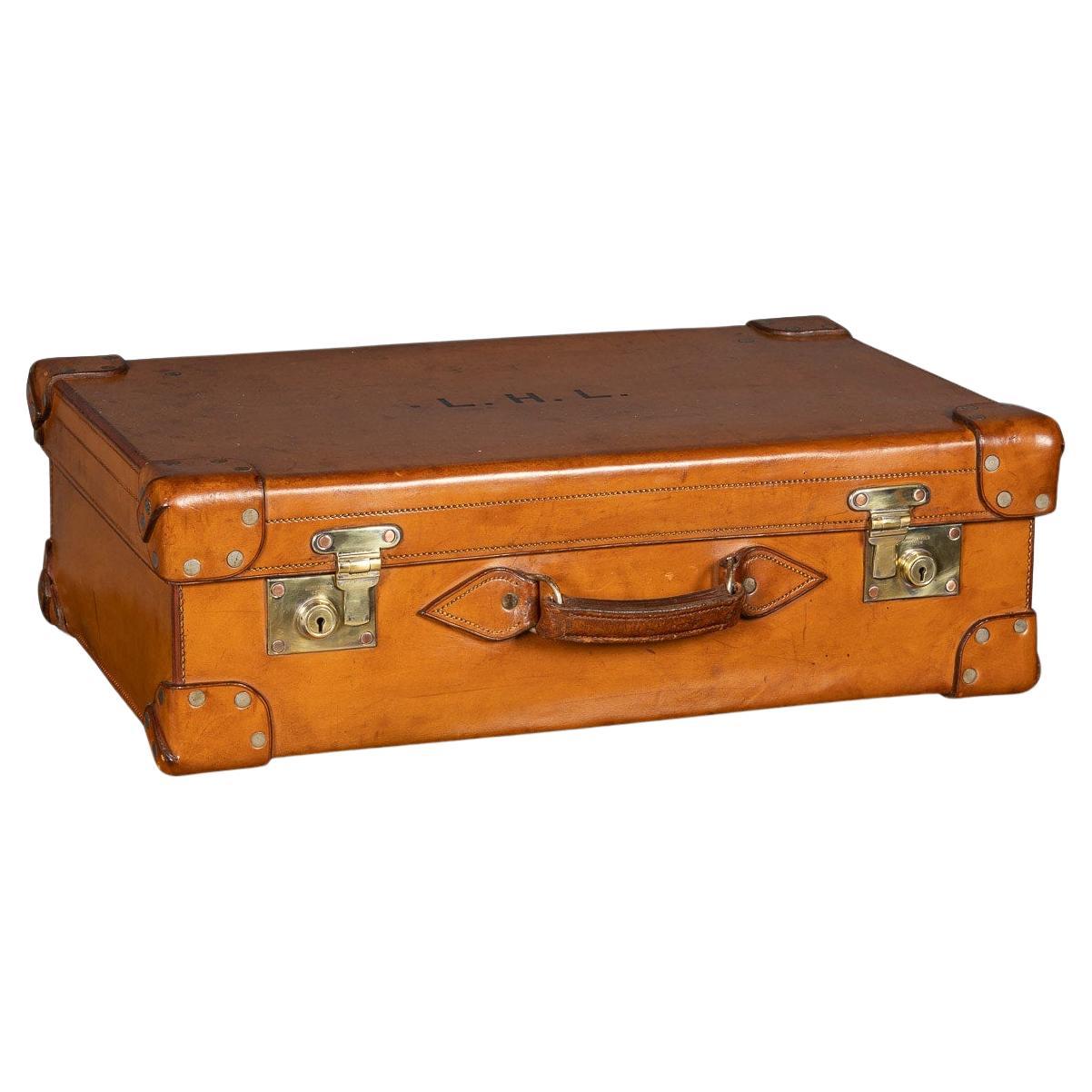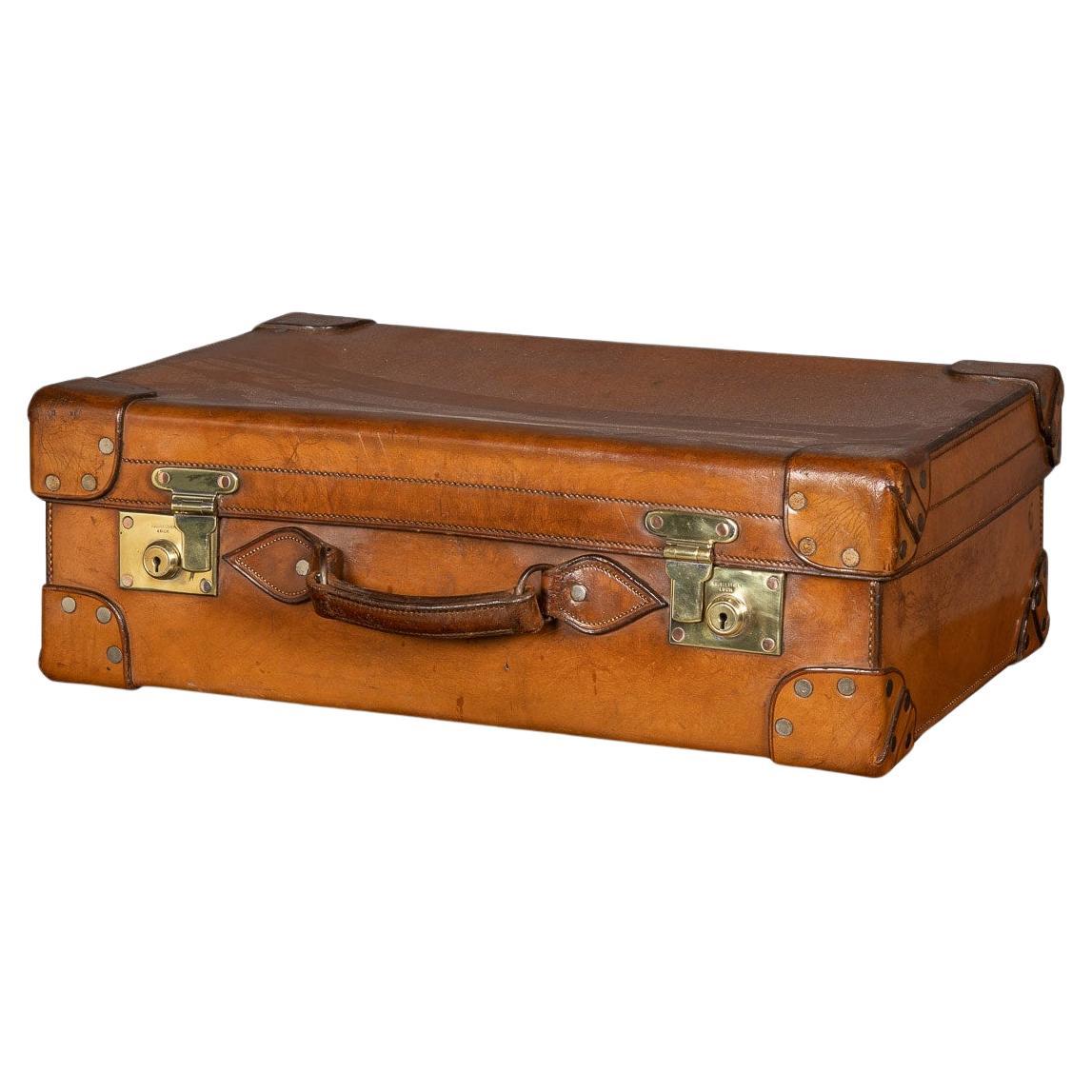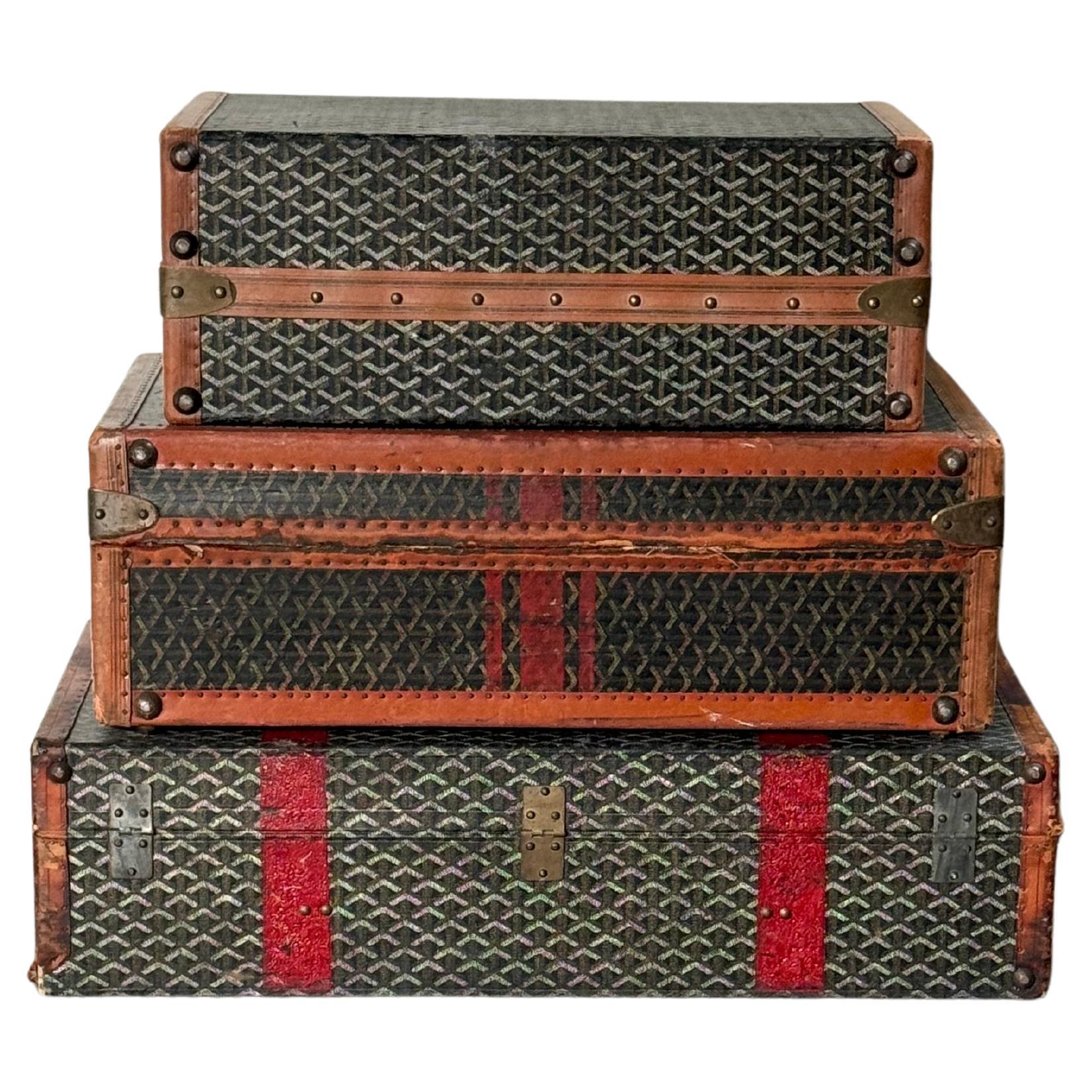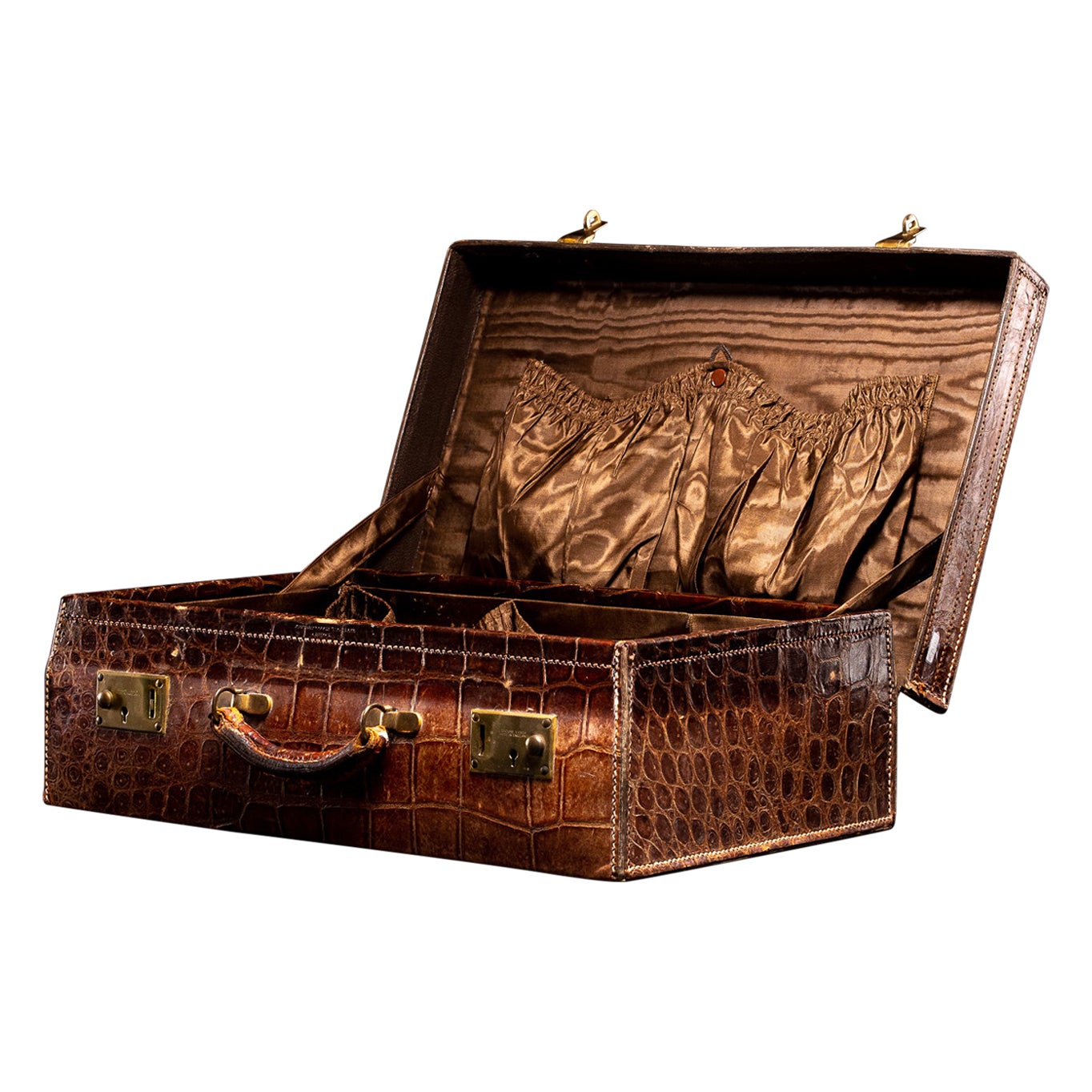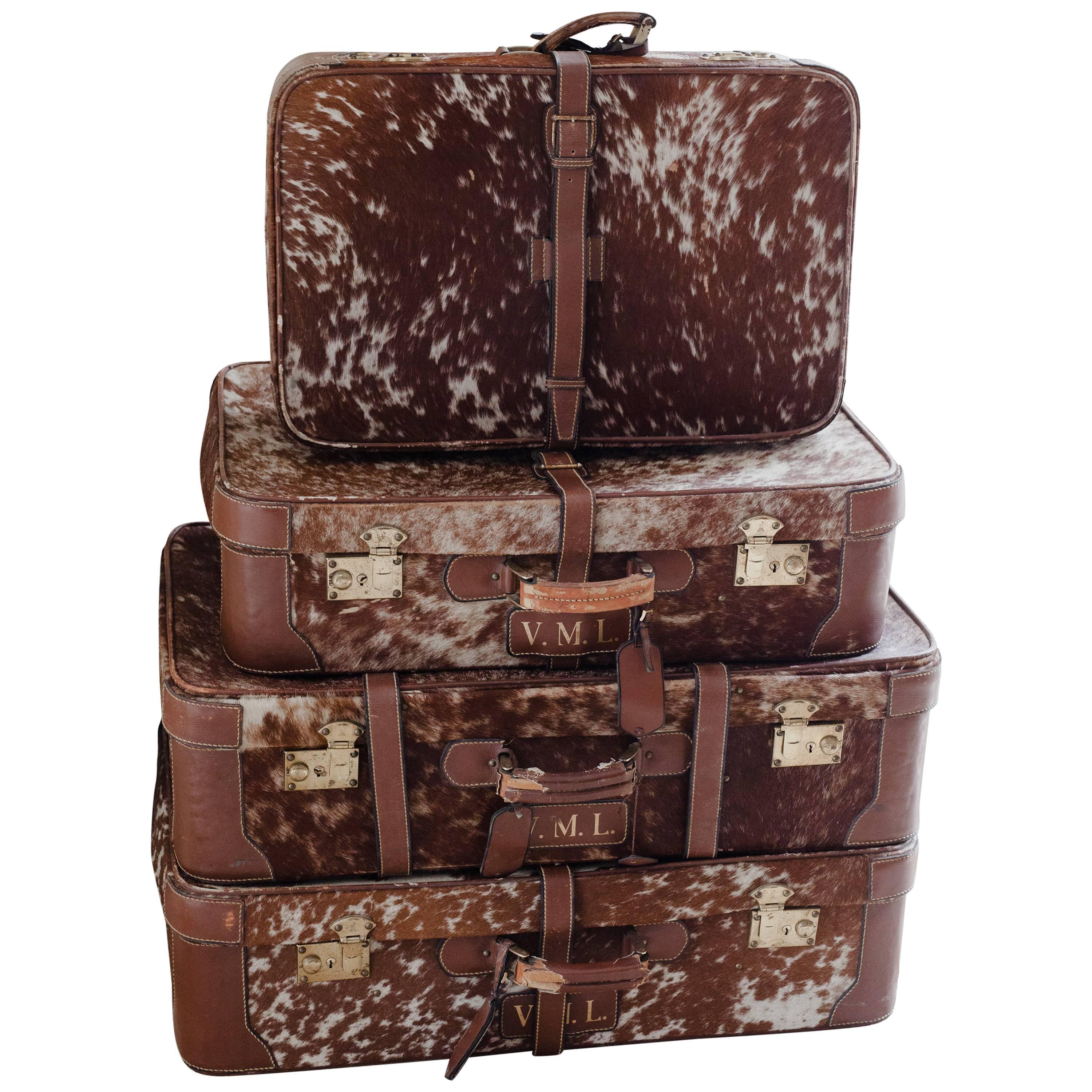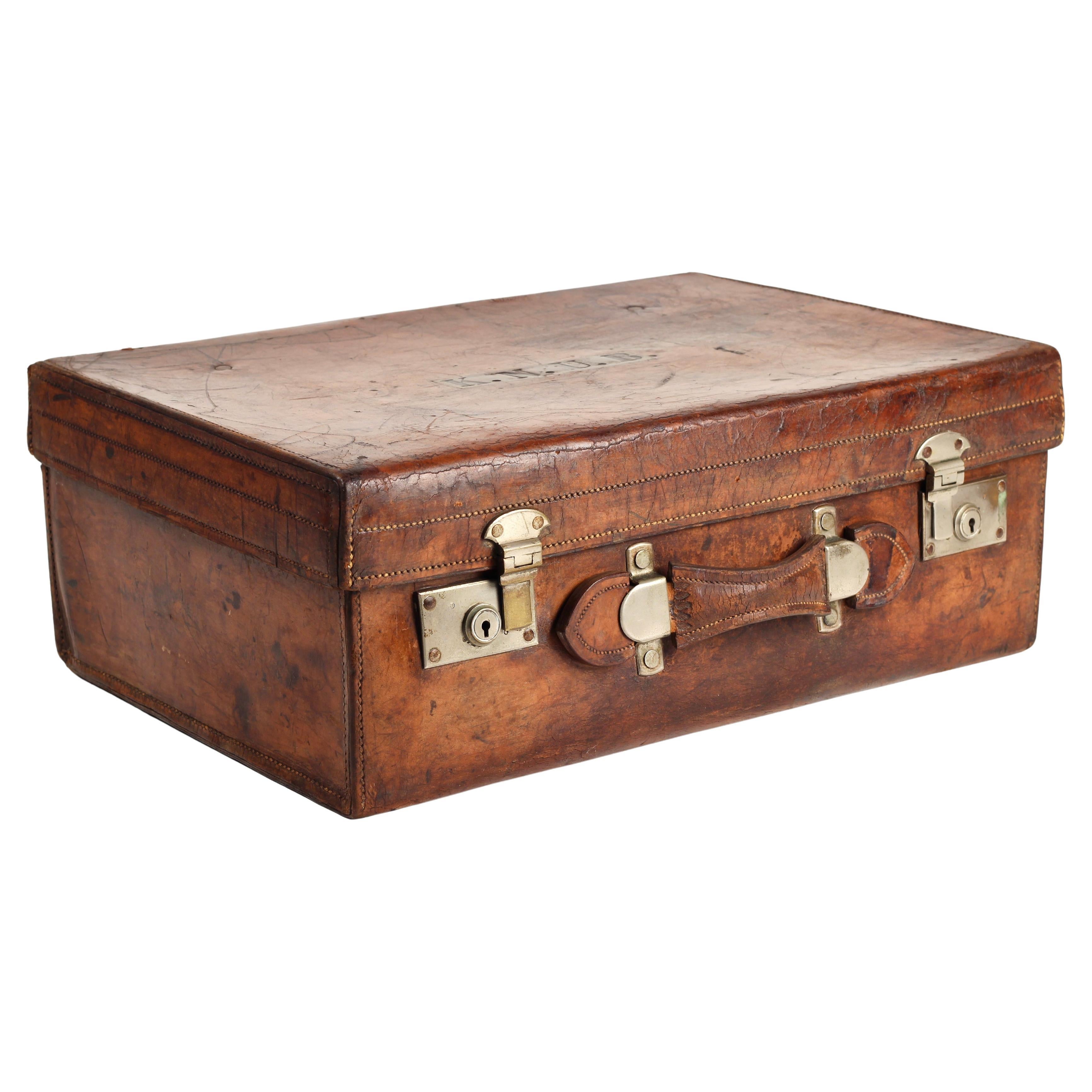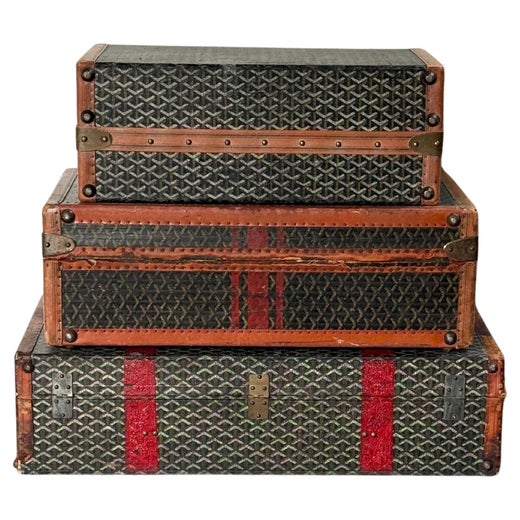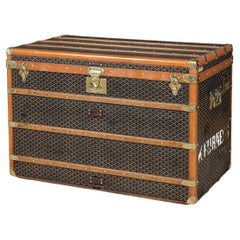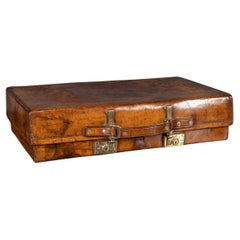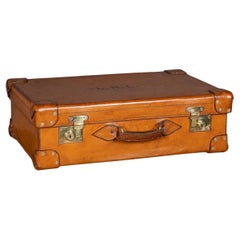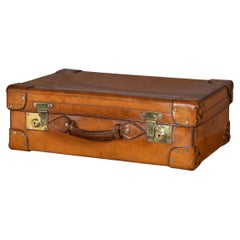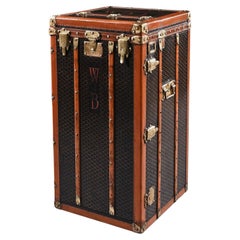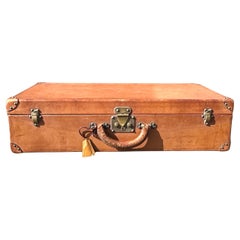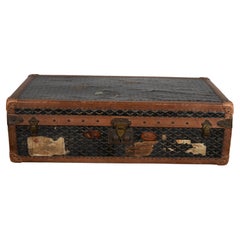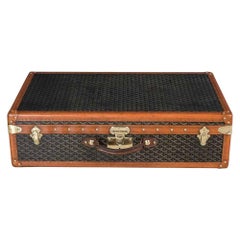
Antique 20th Century Leather Goyard Suitcase, Paris, circa 1930
View Similar Items
Antique 20th Century Leather Goyard Suitcase, Paris, circa 1930
About the Item
- Creator:Goyard (Maker)
- Dimensions:Height: 8.67 in (22 cm)Width: 31.5 in (80 cm)Depth: 19.69 in (50 cm)
- Materials and Techniques:
- Place of Origin:
- Period:
- Date of Manufacture:circa 1930
- Condition:Wear consistent with age and use. Minor fading. In Great Condition - No Damage, just general wear.
- Seller Location:Royal Tunbridge Wells, GB
- Reference Number:Seller: A60651stDibs: LU1348216381932
Goyard
Few brands have stood the test of time as resolvedly as the French House of Goyard, a family-owned maker of luxury handbags, totes and accessories in chic and timeless styles and a vibrant array of colors. The internationally renowned bags were born out of the maison’s original business of making leather goods and other luxury travel wares — once the favorite of the French aristocracy, Goyard trunks are highly sought-after antiques today.
Originally known as House of Martin, the brand was founded in Paris in 1792 by trunk maker Pierre-François Martin. It quickly grew in distinction, and, in 1841, Martin hired and passed on the business to his employee, Louis-Henri Morel. In 1845, Morel himself hired a 17-year-old apprentice named François Goyard, who eventually took over and renamed the company Maison Goyard (House of Goyard).
François' son, Edmond Goyard, ushered the business into a new era when he became the head of the company in 1885. He focused increasingly on elite and international clientele to grow the brand's prestige. Edmond also created a "pet chic" line of Goyard dog collars and other accessories.
Perhaps the greatest accomplishment of the younger Goyard was the Goyard signature canvas, as seen on the iconic luxury Saint Louis tote. Durable, lightweight and waterproof, it features a distinctive "Y" pattern created from three chevrons or different shades. This revolutionary canvas laid the foundation for the modern brand.
A daring innovator, Edmond Goyard took the brand to the World Exposition of Paris in 1900 and won a bronze medal. Gold medals at the World Exposition of Milan and the Franco-British Exposition of London followed. Goyard continued showing at World Expos, bringing the house even more international acclaim and the attention of esteemed clientele like Pablo Picasso, John D. Rockefeller and the Duke and Duchess of Windsor.
In 1998, the maison was purchased by passionate Goyard bag and trunk collector Jean-Michel Signoles. With the help of his family, he re-established the brand as a purveyor of luxury bags that continue to garner recognition.
Find unique Goyard purses, crossbody and messenger bags, top handle bags, wallets and other accessories on 1stDibs.
More From This Seller
View AllAntique Early 1900s French Other Trunks and Luggage
Brass
20th Century British Trunks and Luggage
Brass
20th Century British Trunks and Luggage
Leather
20th Century British Trunks and Luggage
Leather
20th Century French Other Trunks and Luggage
Brass
20th Century French Other Trunks and Luggage
Brass
You May Also Like
Early 20th Century French Trunks and Luggage
Leather
Early 20th Century French Trunks and Luggage
Leather
Early 20th Century French Trunks and Luggage
Leather
Early 20th Century French Trunks and Luggage
Leather
Antique 19th Century British Trunks and Luggage
Leather
Early 20th Century French Trunks and Luggage
Leather, Canvas
Recently Viewed
View AllRead More
14 Iconic Luxury Handbags and the Stories behind Them
When the name of a bag is as well-known as its brand, you know it's a classic.
Cigar Culture Was Once the Peak of Masculinity. Now, It’s a Compelling Curiosity
Even for those who don’t indulge, elegant smoking accessories and audacious art portraying cigar enthusiasts hold a nostalgic allure.
